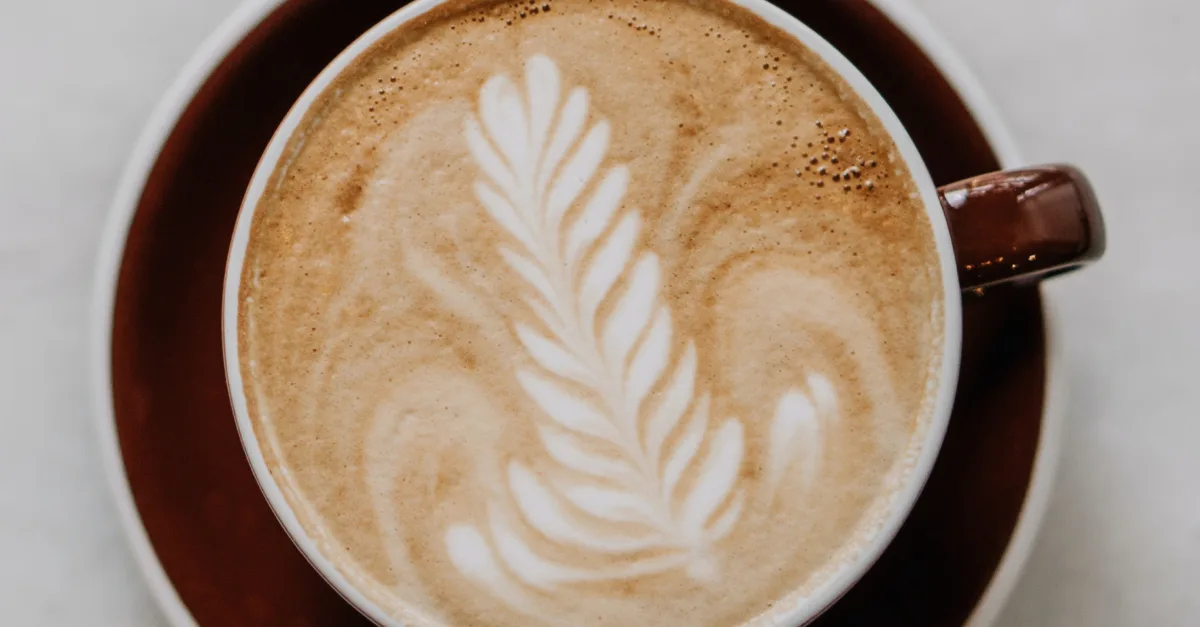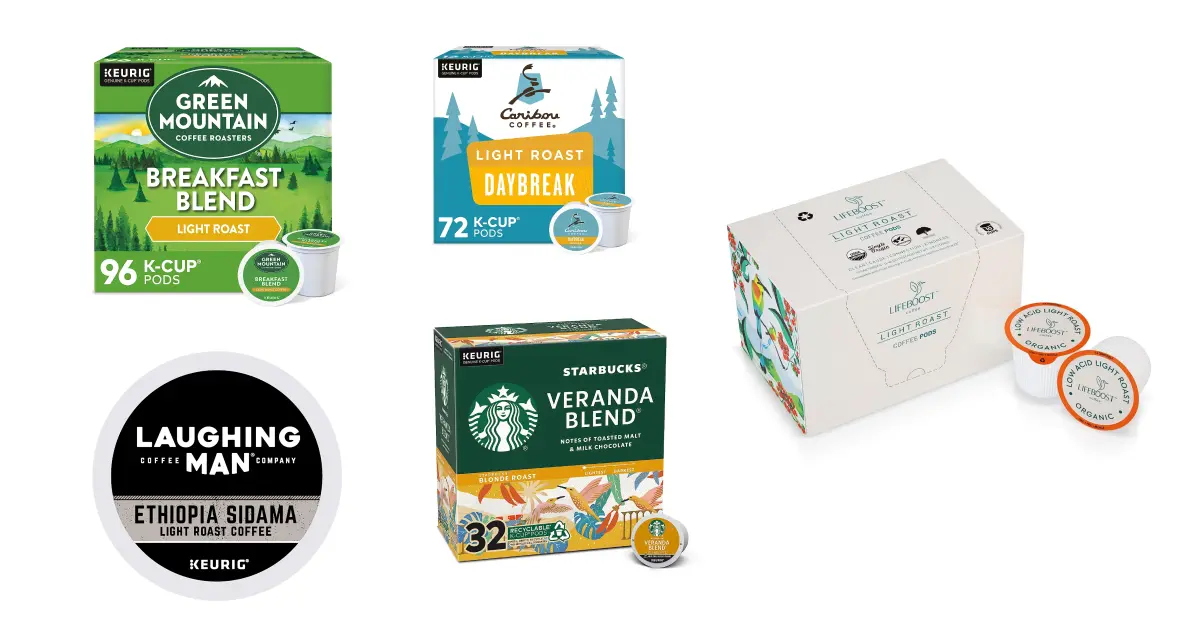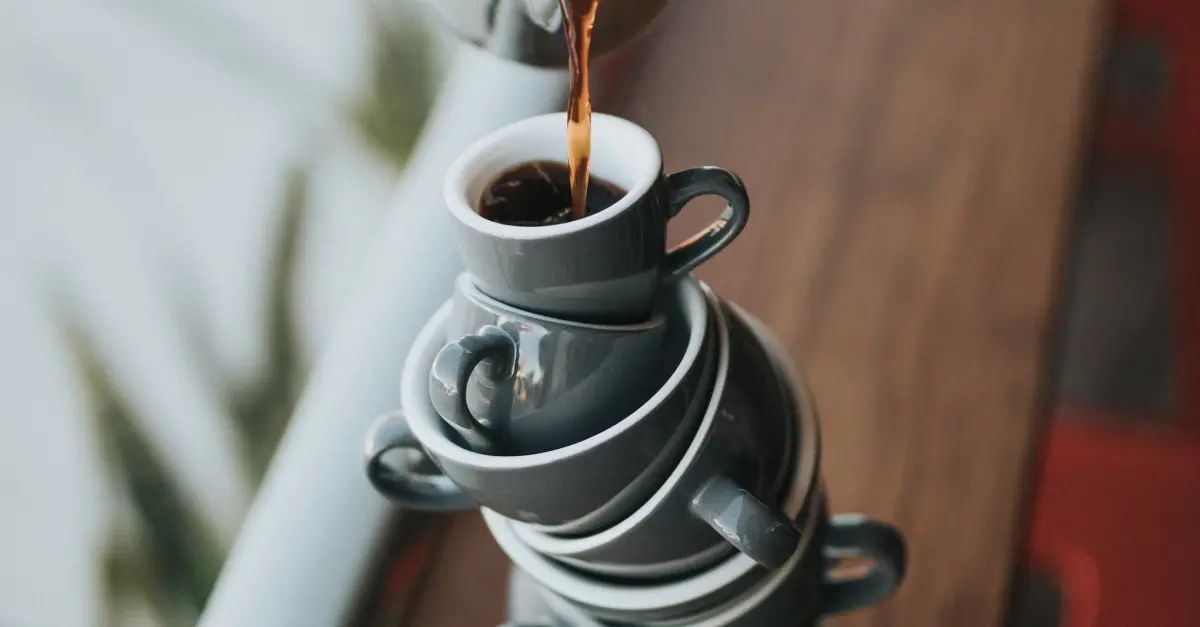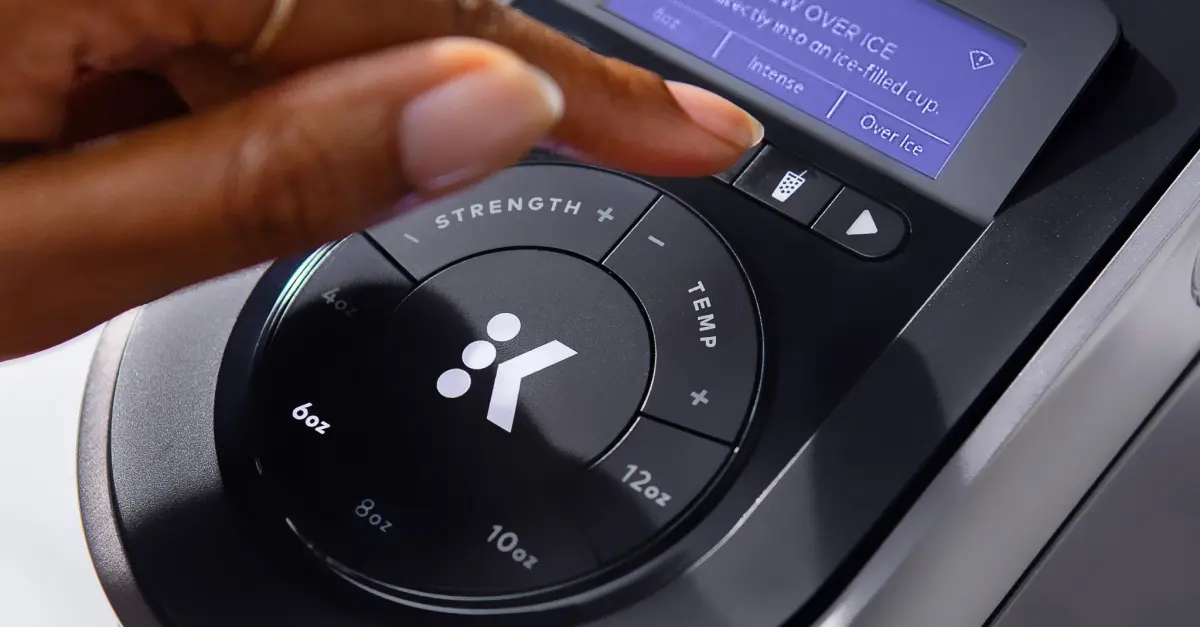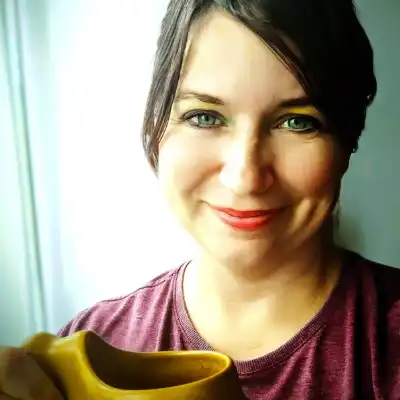The cappuccino is a delicious drink enjoyed by casual coffee drinkers and serious coffee addicts. If you’re a fan of this coffee order, you’ve probably wondered, how much caffeine does this drink really have?
Should you expect a caffeine rush that lets you pull an all-nighter? Or, is it basically like drinking coffee-flavored milk?
If you Google the answer, some sites claim a cappuccino has 40 mg of caffeine, while others say it has 150 mg. That’s a pretty big difference! So, who is right?Actually, they both are.
The amount of caffeine in an average cappuccino is generally 63 mg or more. However, the caffeine content can vary depending on how many shots of espresso are used and how strong those shots are.
Let’s look at what a cappuccino is, and the factors that influence how much caffeine your cup of cappuccino contains.
What is a cappuccino?
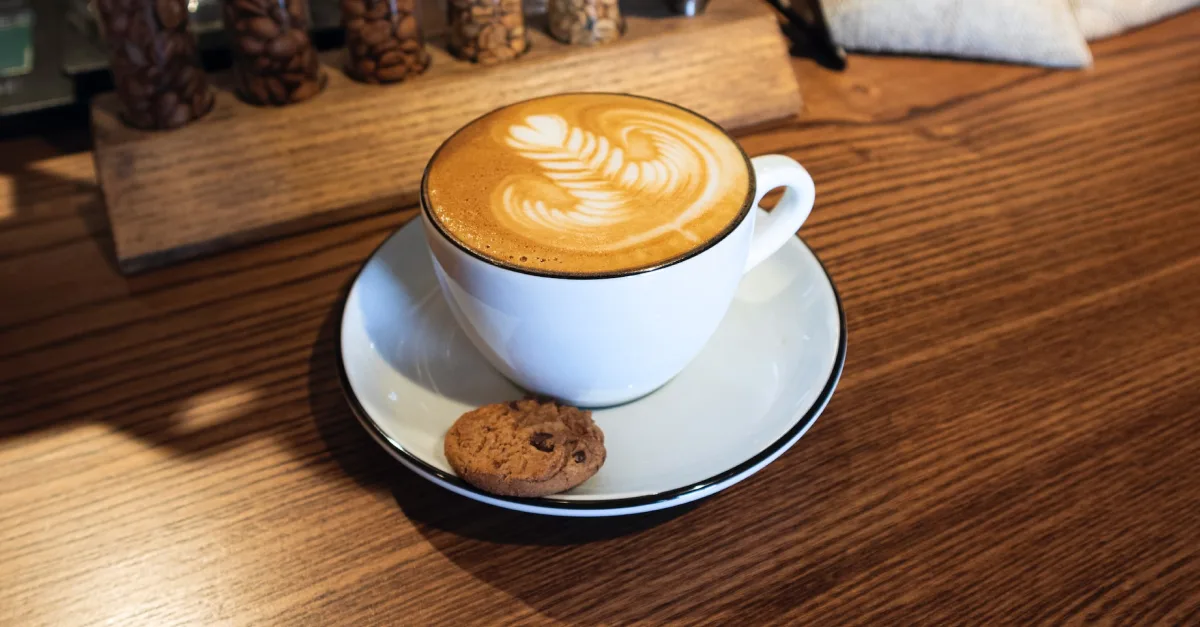
The cappuccino as we know it is an Italian coffee concoction from the early 1900s. The name has nothing to do with drinks or food preparation.
According to Merriam-Webster, the word cappuccino comes from the Italian word cappuccio which means “hood.” These light brown hoods were worn by the Capuchin order of monks in Italy.
Since the color of this coffee drink is similar to this shade of brown, the name, cappuccino, caught on in Italy.
The “Rule of Thirds”
Many baristas use the “rule of thirds” to create a balanced cappuccino. This rule says that a cappuccino should be one-third espresso, one-third steamed milk, and one-third milk foam. Using this ratio, a cappuccino can contain 1-3 shots of espresso depending on the size.
SCA cappuccino standards
According to the Specialty Coffee Association’s standard, a cappuccino should be a “5–6 oz coffee and milk beverage that should produce a harmonious balance of rich, sweet milk and espresso. A cappuccino is prepared with a single shot of espresso, textured milk, and a minimum of 1 cm of foam depth (assessed vertically).”
If the average shot of espresso measures between 1 and 1.75 ounces, the SCA leaves the door open for a slightly more milk-heavy cappuccino.
Why are some cappuccinos stronger than others?
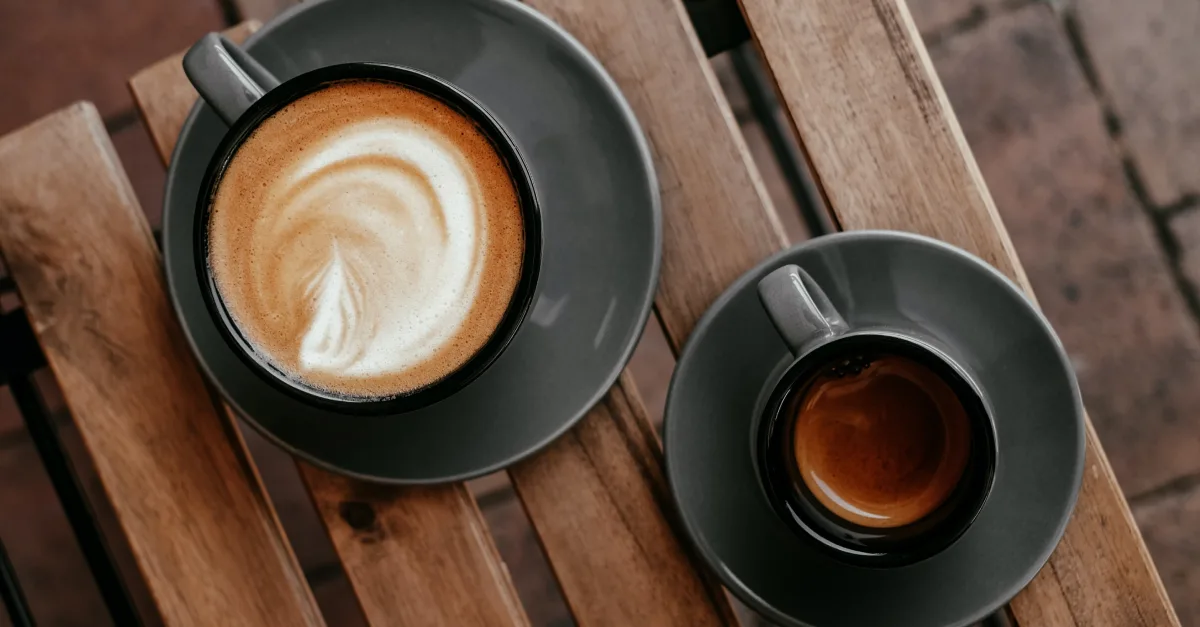
Obviously, a cappuccino with three shots of espresso packs in more caffeine than a one-shot cappuccino. However, even if you compare two single-shot cappuccinos, the caffeine content may vary.
Here are some factors that can influence the strength of your cappuccino.
The coffee beans
At coffee shops around the U.S., Arabica coffee beans are the most common. These beans tend to be low in bitterness and high in flavor. However, authentic Italian-style espresso drinks use Robusta beans or a blend high in Robusta. Robusta beans produce a thicker crema and can contain up to twice the amount of caffeine as Arabica coffee.
Espresso vs Ristretto base
Most baristas use the usual 1-2 ounce espresso as a base for cappuccinos. However, others use the shorter, stouter ristretto as a base. Ristretto is about half the size of a regular espresso. It is stronger in coffee flavor, however, a ristretto usually contains fewer milligrams of caffeine.
Espresso maker vs. Moka pot espresso
The type of espresso maker you use can also affect the caffeine content of your cappuccino. An authentic espresso maker with nine or more bars of pressure generally brews espressos with higher caffeine content than other methods. Stovetop espresso makers, such as Moka pots, generally brew espressos that contain less caffeine per ounce.
Other factors that can make a difference in caffeine content can include the water temperature used to make espresso, the coffee-to-water ratio, and the brewing time.
How to estimate caffeine content in your cappuccino (It all boils down to the espresso)
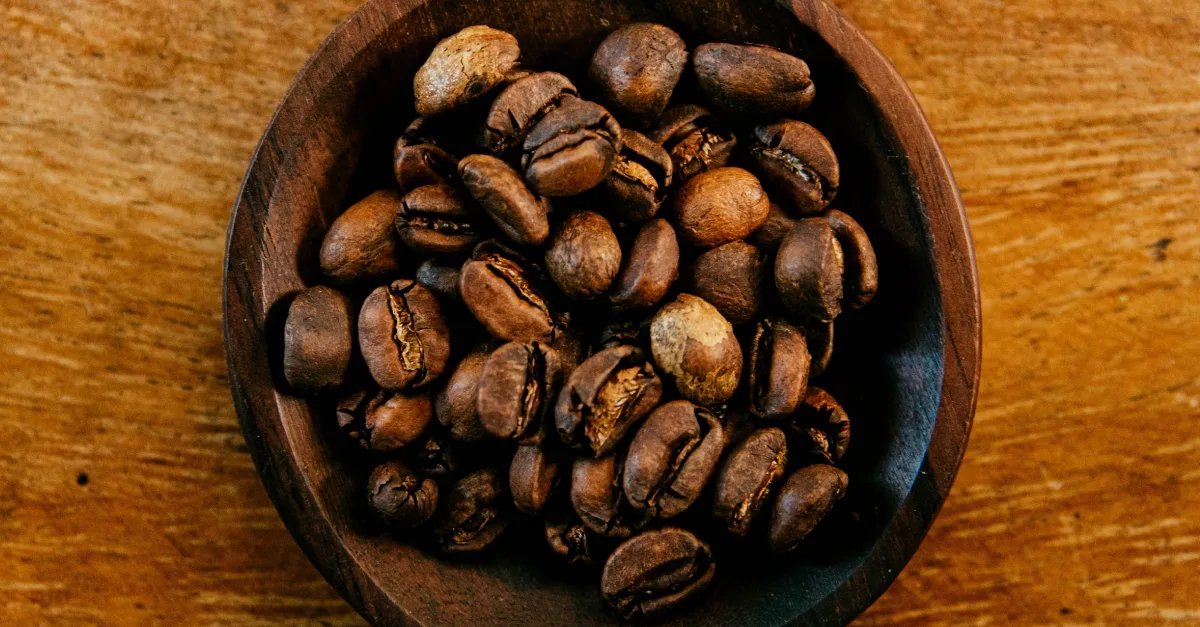
Many coffee lovers estimate the amount of caffeine in cappuccino by calculating about 12 mg of caffeine per ounce of drink. However, this “guesstimate” can be faulty as the espresso-to-milk ratio in a cappuccino varies widely depending on the coffee shop.
The size of the cappuccino doesn’t necessarily influence the caffeine content. What you really need to know is: How many espresso shots are in this cappuccino?
According to the USDA food database, the amount of caffeine in the average 1 to 1.75-ounce espresso is about 63 mg of caffeine. This means that an average single-shot cappuccino should contain about 63 shots of caffeine, while a double-shot cappuccino contains a little over 120mg of caffeine. A cappuccino with three shots of espresso can have as much as 189 mg of caffeine.
Cappuccino vs. Other coffee drinks–Which has more caffeine?
When choosing your coffee drink, it’s nice to know what kind of caffeine rush you should expect. Here’s how cappuccinos compare to other coffee drinks.
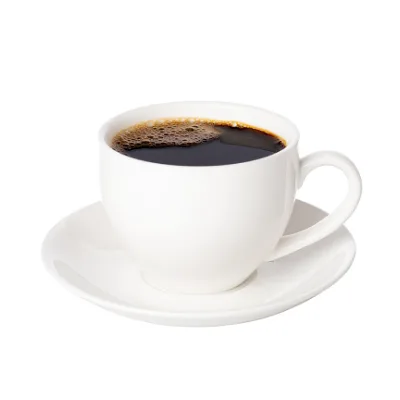 | 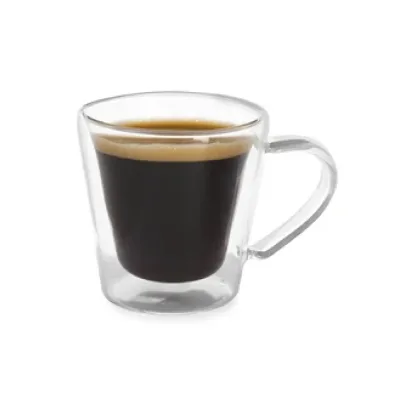 | 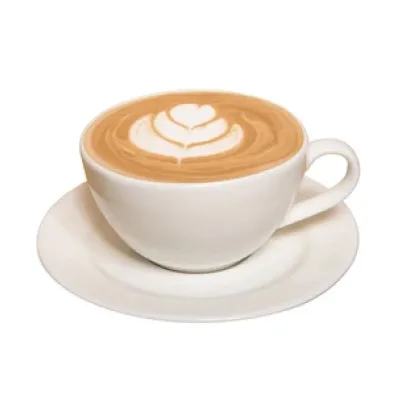 | |
|---|---|---|---|
| Type | Regular Coffee | Espresso (Single) | Latte |
| Drink Size | 8 ounce | 8 ounce | 8 ounce |
| Caffeine | 63mg | 30 - 50mg | 30 - 50mg |
Cappuccino Vs. Regular coffee
According to the FDA, an 8-ounce cup of coffee has 80 to 100 milligrams of caffeine, while the USDA estimates an espresso to have about 63 mg. So, if an 8-ounce cup of cappuccino uses one shot of espresso base, it will likely have less caffeine than an 8-ounce cup of regular coffee. However, a cappuccino with two shots of espresso can contain more caffeine than an 8-ounce coffee.
Cappuccino Vs. Espresso
A cappuccino is only as strong as the amount of espresso it contains. For example, one shot of espresso can have the same amount of caffeine as an 8-ounce or a 12-ounce cappuccino if they are made with single shots. A cappuccino won’t taste as strong as espresso, though, because its recipe includes more milk.
Cappuccino Vs. Latte
Cappuccinos and lattes are both espresso-based drinks. If both are made with one shot of espresso, the caffeine content can be the same.
How much caffeine is in my cappuccino to-go?
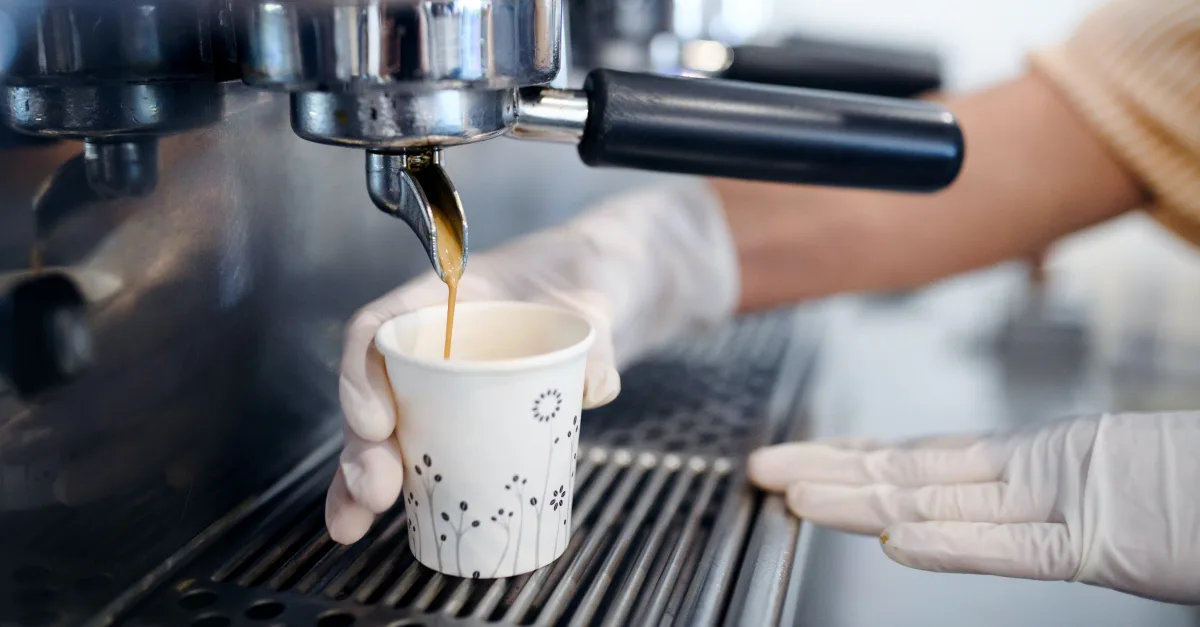
Having a rough idea of how much caffeine you can expect in your cappuccino is great. However, many coffee shops list the exact amount of caffeine on their menus.
Let’s look at a few high-traffic coffee shops, like Starbucks, Dunkin, Tim Horton, and others, to see how much caffeine you can expect when you order a cappuccino to-go.
Starbucks
A Starbucks 16-ounce Grande Cappuccino is made with two shots of espresso and contains 150mg of caffeine.
However, Starbucks’ K-cup cappuccinos may contain more or less caffeine than what you order in-store. The amount of caffeine ranges from 40 to 260mg depending on if you buy a Verismo, standard, or Starbucks Plus pod.
Dunkin
A small (8-oz) hot cappuccino at Dunkin’ contains approximately 180mg, while a large can contain as much as 270 mg. A small Iced Cappuccino contains slightly less caffeine per ounce (120 mg of caffeine for an 8-oz cup and 250mg for a large).
Tim Hortons (U.S)
A small 10-ounce cappuccino at a Tim Hortons contains 75 mg of caffeine, while a 20-ounce cappuccino has approximately 140 mg. The ever-popular Iced Capp has 110 mg of caffeine for a small and 170 mg for a 20-oz large.
McDonalds
A 16-ounce cappuccino at McDonald’s contains 142 mg of caffeine per serving. At McDonald’s this drink also comes with a dusting of chocolate on top.
The final answer
The amount of caffeine in a cappuccino can vary from store to store and cup to cup. However, if you know how many shots of espresso are in your coffee drink, you can get a close approximation.
If you want a cappuccino heavier on the coffee taste, ask for an extra shot. To limit your caffeine intake, you can try a decaf cappuccino with minimal caffeine.
Traditionally, Italians consider cappuccinos as a breakfast-only drink. However, this creamy coffee drink is a tasty way to get an energy boost at any time of the day.
